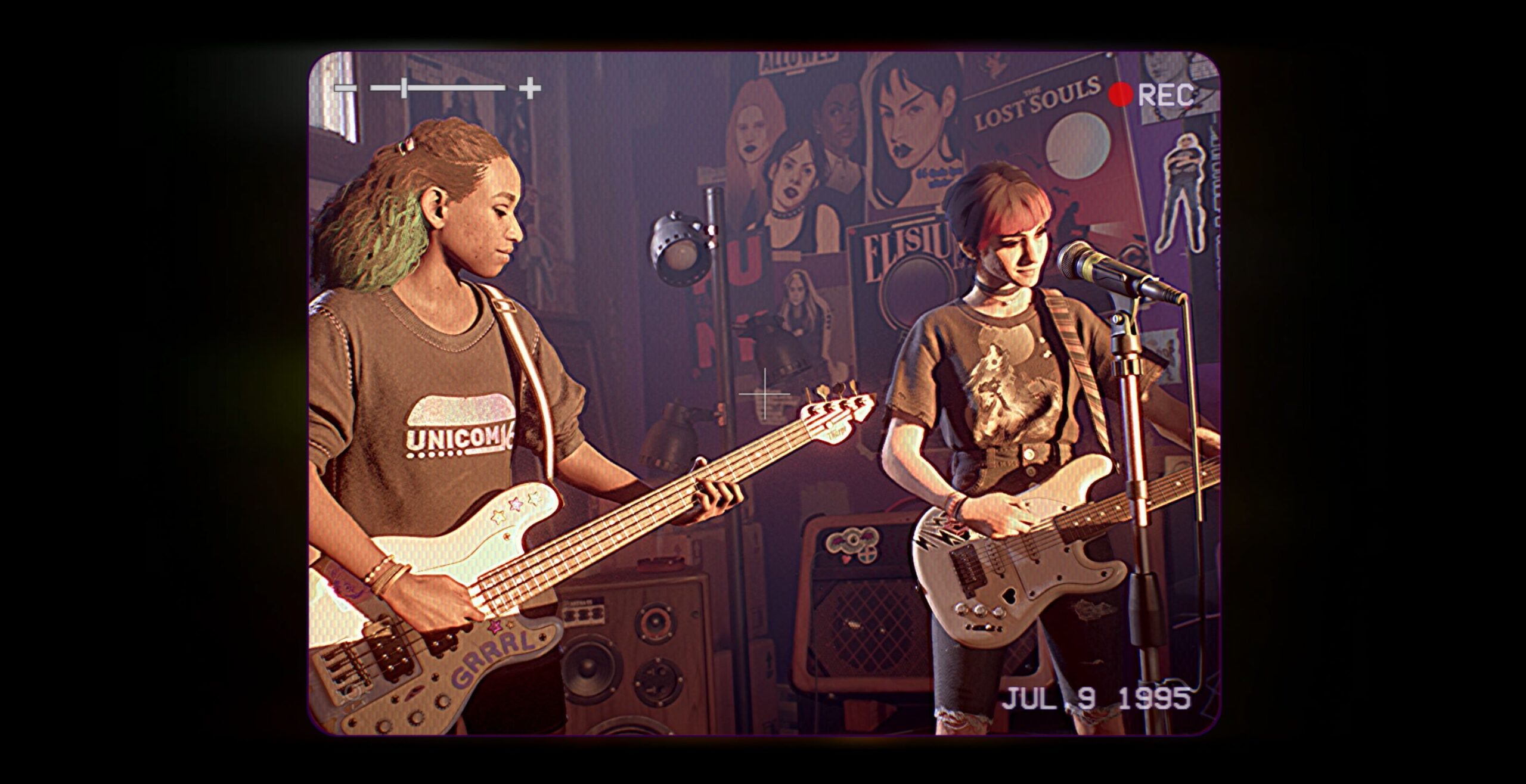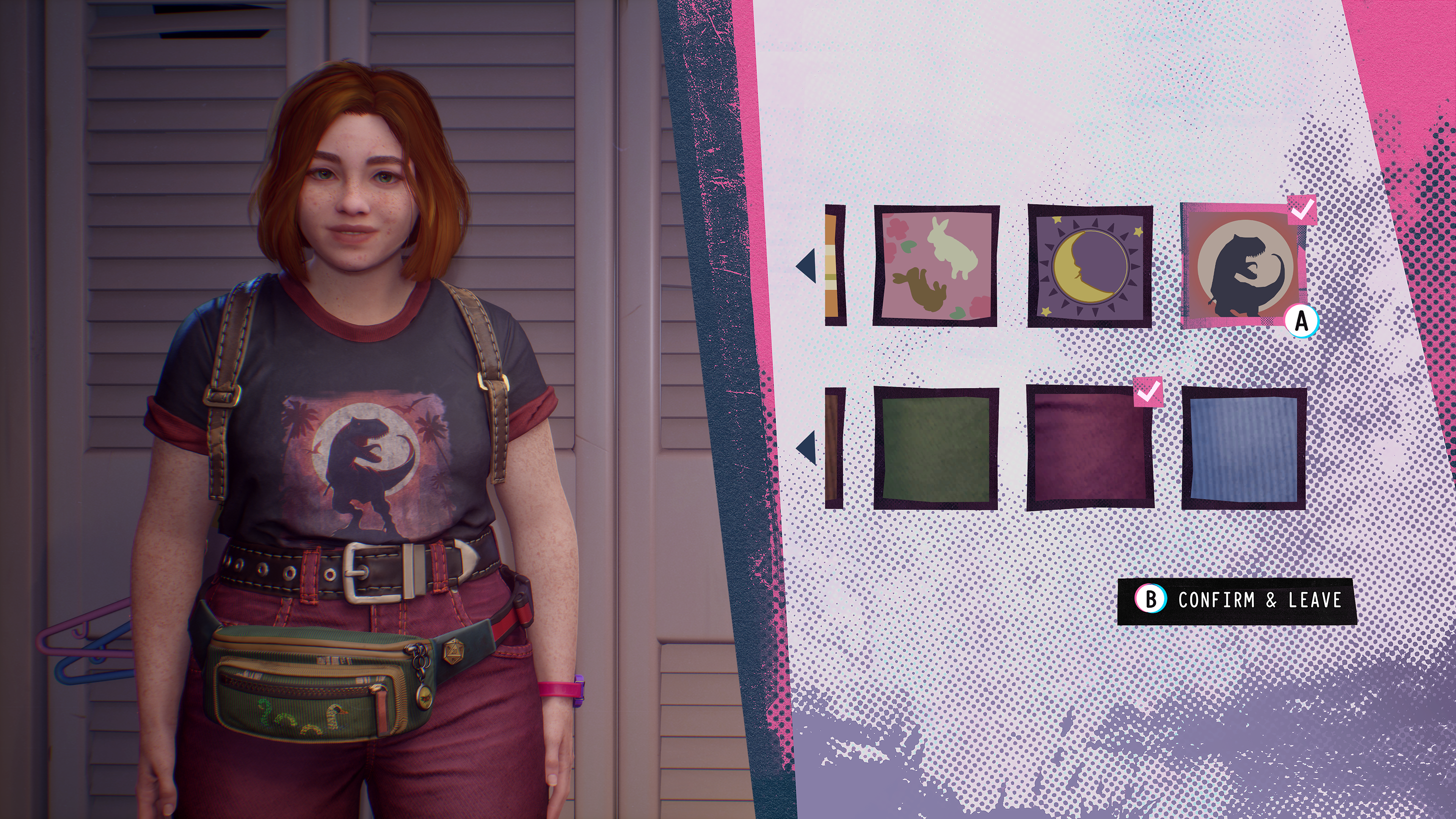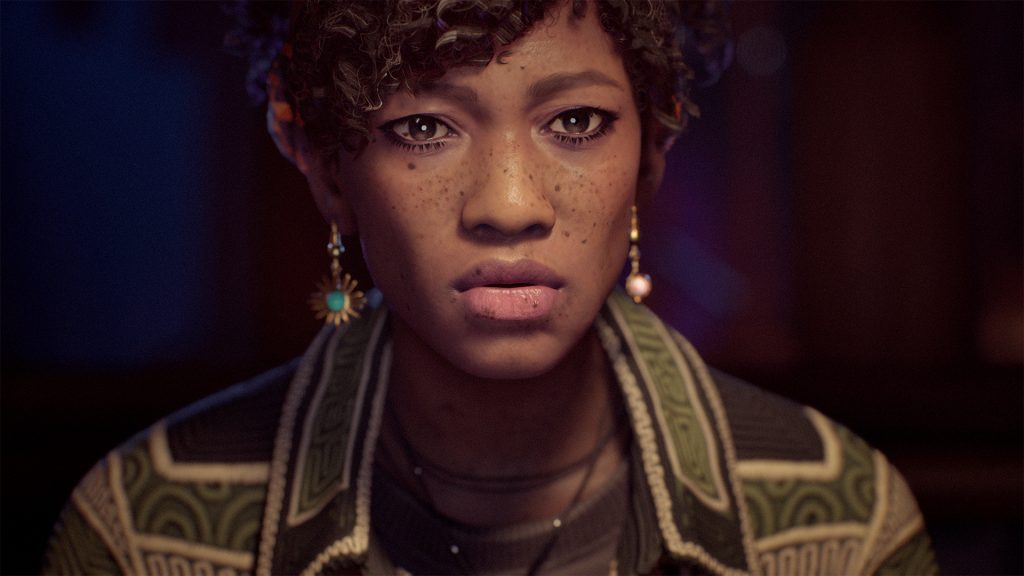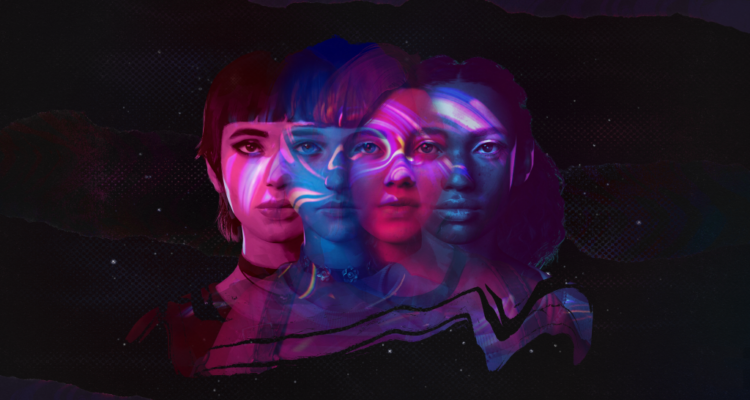When DON’T NOD released the original Life is Strange during the heyday of episodic games, it proved that developers other than Telltale were capable of producing great takes on the formula. Fast-forward a decade, and the French developer/publisher is several episodic titles in. In fact, their latest project, Lost Records: Bloom & Rage is a similar type of effort, given that it’s a two-part, narrative, game where choices can matter.
Through its first of two tapes, also known as Bloom, Lost Records: Bloom & Rage takes us back to the mid-90s as it introduces us to a young loner named Swann. There, during the much simpler summer of 1995, an interesting story begins and starts to evolve. Where, exactly, it will take us won’t be entirely clear until the second tape drops in mid-April, but we can speculate.
A film lover, avid reader and aspiring director, Swann is a talented girl who struggles to make friends. As she packs her room up to move to Vancouver with her family, she realizes that a tape is due back to a local video store, which spurs her to venture outside of the house. It’s at this place of entertainment rentals where her life changes forever, as she meets three other teenage girls, along with two confrontational bullies. The girls — Autumn, Kat, Nora and Swann — then become fast friends and start what turns into a coming-of-age adventure.

Throughout the several hour long runtime of this first tape, the game uses questionable pacing choices to build its story and present the budding and strong friendships between the four teens. It introduces us to their unique personalities, as well as Autumn and Nora’s love of playing punk music in their garage band, Bloom & Rage. Swann, being the aspiring filmmaker that she is, decides to film a music video for the pair, which leads to some rather unnatural discoveries in the woods. Add in anger over bullying and the treatment of young Kat, and you have a group of teenagers who are navigating several notable aspects of later childhood.
Lost Records: Bloom & Rage doesn’t just take place in the mid-90s, though. In fact, it actually begins with a now 40-something Swann pulling a rental car into a rural bar in her old hometown. Having returned to reunite with the close friends she left after moving to Canada, she deals with guilt from a mother who wishes she would visit more. Then, after talking to a chatty bartender and getting him to plug her phone in for charging purposes, she comes face to face with Autumn for the first time in decades. Autumn then shares that she’s received a package wrapped in newspaper and covered with Sharpie, saying things like “For Bloom & Rage” and “Remember ‘95!”
Thus, there’s a mystery component to this game, which mixes a coming-of-age story with the unexplained.

Although the intentionally odd pacing is a problem, Lost Records: Bloom & Rage does a really good job of creating a likeable cast of characters, all of whom have depth and personality. Each of the four girls feels like her own person, and they all have unique depth. It’s these differences, combined with passion and not fitting in, that brings them together and stokes their strong friendships.
It also really makes you feel like you’re back in the simpler and better mid-90s. It’s a time where Friends and The X-Files were two of the best and biggest shows on TV, VHS reigned supreme and home phones were all we had. Swann passes time watching movies, making her own using a tape based camcorder, and writing X-Files fan fiction. That is, when she isn’t reading and playing with her beloved cat, whom the player gets to name.
Swann’s passion for filmmaking becomes an important part of the gameplay herein, and not just when it comes to filming her friends. You see, DON’T NOD has taken the idea of collectible photographs in Life is Strange and expanded the idea into collectible film snippets and reels. As such, you can bring up Swann’s camcorder and use it to take short videos of things nearby, be they her cat, her stick bug, her possessions, local scenery, forms of graffiti or wildlife. There are many (too many) things to film for collection purposes, and it gets overwhelming. If you go for 100%, you will have to find and film numerous different birds, take about ten different shots of each of the friends, film deer, and take a lot of footage of random graffiti. This is a daunting task that can take you out of the narrative, and it’s also not flawless mechanically. I tried to film a lot of the graffiti I found, but eventually gave up because the game never seemed to find my videos acceptable. I’d try getting closer, backing up, zooming in and zooming out, and different angles, but nothing allowed the game to accept the footage as complete.

Most of the gameplay found within this first of two tapes will be familiar to those who’ve played similar, narrative-driven games, including those that have been episodic. There’s a good amount of player choice, including dialogue options, which help expand the story and develop the characters. Player agency is pretty high, and it’s easy to get immersed in the girls’ small town world during a simpler era, despite the pacing problems that may lead to a bit of boredom at times.
Visually, Lost Records: Bloom & Rage is another standout from DON’T NOD. It’s colourful and features impressive and original art direction, while still looking and feeling quite real thanks to beautiful visuals and heavily detailed character models. However, the lip syncing often felt off, and there were some bugs.
I experienced one sudden crash to the console’s dashboard, but the biggest bug I dealt with was one that had to do with the aforementioned music video. You see, when the girls went to play it back in its completed form, it stopped at one point and the game wouldn’t progress. I looked it up online, and it seemed that I had taken too much footage in the previous chapter, a lot of which came from filming flora and fauna, as well as the girls, for collectible reasons. As such, I had to go back and redo that chapter, taking only the required amount of shots, which obviously marred my experience.

The voice acting found within Tape One (Bloom) is also really strong, like its visual counterpart. The girls feel truly alive, and don’t come off as anything but authentic. Their voice actors did a great job of bringing life to them, both as children and adults. Going further, the music is exceptional, the sound design is impressive and the effects are quite good. I just wish it had been louder in my headset.
Overall, Lost Records: Bloom & Rage’s debut tape is a good, but difficult experience to rate. While I loved going back to 1995 through it, and both liked and identified with its deep cast of characters, not to mention its mystery, the bugs and pacing issues kept me from becoming as immersed as I’d hoped to be. Combine that with the overuse of the camcorder and over abundance of collectibles, as well as a rudimentary and barely used basic video editing system, and you have a game that tries to do too much. Still, what it does present is an interesting story, and deep gameplay experience, great characters and a memorable coming-of-age tale. As such, I recommend it despite its flaws.
This review is based on the Xbox Series X version of the game, which we were provided with.

